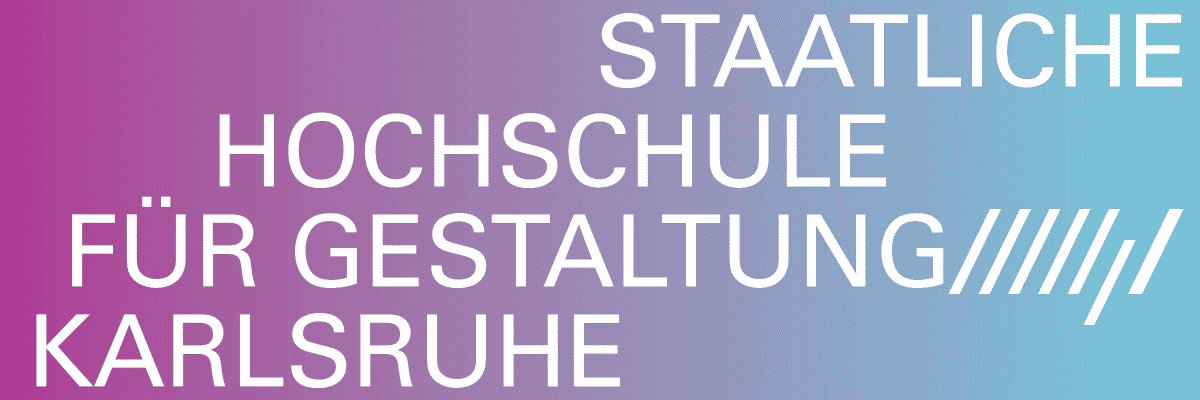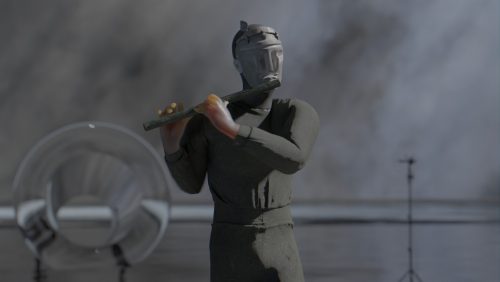
Bora Baboci, Vlad Nanca
THE HORIZONTAL WALL
Project Info
- 💙 SUPRAINFINIT Gallery
- 💚 Mihnea Mircan
- 🖤 Bora Baboci, Vlad Nanca
- 💜 Mihnea Mircan
- 💛 Alexandru Paul
Share on

THE HORIZONTAL WALL, 2023, exhibition view, SUPRAINFINIT Bucharest
Advertisement

Bora Baboci, Untitled (detail), 2023, oil on canvas mounted on plaster and wood triptych, 200 cm high x 60 / 80 / 60 cm wide

Bora Baboci, Untitled (detail), 2023, oil on canvas mounted on plaster and wood triptych, 200 cm high x 60 / 80 / 60 cm wide

Bora Baboci, Untitled (detail), 2023, oil on canvas mounted on plaster and wood triptych, 200 cm high x 60 / 80 / 60 cm wide

Andrei Nutu, Cecilia by Fritz, 2023, painted reproduction of a photograph of a sculpture portrait of Cecilia Cuţescu by Fritz Stork, gesso and charcoal on cement board, 52 x 77 cm

THE HORIZONTAL WALL, 2023, exhibition view, SUPRAINFINIT Bucharest

Vlad Nanca, Self portrait (detail), 2023, wood panel, ceramic tiles, plaster cast, 180 x 75 x 20 cm

THE HORIZONTAL WALL, 2023, exhibition view, SUPRAINFINIT Bucharest

THE HORIZONTAL WALL, 2023, exhibition view, SUPRAINFINIT Bucharest

THE HORIZONTAL WALL, 2023, exhibition view, SUPRAINFINIT Bucharest

THE HORIZONTAL WALL, 2023, exhibition view, SUPRAINFINIT Bucharest

THE HORIZONTAL WALL, 2023, exhibition view, SUPRAINFINIT Bucharest

Vlad Nanca, Flower bed (detail), edition of 10 hand made vases, 15 x 15 x 15 cm

THE HORIZONTAL WALL, 2023, exhibition view, SUPRAINFINIT Bucharest

THE HORIZONTAL WALL, 2023, exhibition view, SUPRAINFINIT Bucharest

Bora Baboci, Untitled, 2023, oil on canvas mounted on plaster and wood triptych, 200 cm high x 60 / 80 / 60 cm wide

Vlad Nanca, Encounter (detail), 2023, water jet cut and welded metal, corrugated, black paint, 180 x 75 cm

Vlad Nanca, Flower bed, 2023, edition of 10 hand made vases, 15 x 15 x 15 cm

Vlad Nanca, Self portrait, 2023, wood panel, ceramic tiles, plaster cast, 180 x 75 x 20 cm & Coupled, 2023, wood panel, ceramic tiles, polystyrene, edition of 3, 180 x 75 x 30 cm

Vlad Nanca, Window (detail), 2023, wood panel, ceramic tiles, 180 x 75 x 30 cm
Growing out of the artists’ shared interest in architecture as extension of the body and organization of the senses, the exhibition takes as title and mental model a vernacular practice that exists throughout the Mediterranean basin: the building of horizontal walls that act as barriers between this world and others, that guard the passage between house or garden and the netherworld. An apotropaic construction, looking like a fragment of a sunken building that houses the dead and prohibits their return, a horizontal wall is a point of intersection between forms of being in the world, axes of inhabitation and haunting, selves and ghosts defined in antithesis – a demarcation in a multiplanar nexus that both imagines the continuity of life and death, and seals off the points where their separation could be transgressed. The artists’ conversations revolved around this architectural membrane – horizontally oriented to grant reality to the very realm it makes impregnable, to the presences it screens off – which they extrapolated as a symptom and a condition. On the one hand, all walls begin as horizontal in the schematic realm of the drawing board, in the bird’s-eye-view of planned structures, forms and functions: flat realities that are then rotated by 90 degrees to support actual edifices, upturned tombstones to house and discipline the living. Engaging the horizontal wall as an embodied ontological boundary, Baboci and Nancă also re-imagine it as an anachronic condition of architecture: a modern practice that negates fictions and repudiates superstitions, that builds grids of reason to encircle politically coded persons, in turn resisted or subverted by bodies and selves that refuse such formatting, that pierce, tear down or misuse the physical and metaphorical walls around them, that inhabit their structures and their categories unreasonably, showing them to be plastic or porous.
The concertina-like display assembles, both materially and narratively, those different relationships to physical walls and metaphorical enclosures: gestures or desires that burst into the world and threaten its solidity, figures defined in fraught, sometimes inimical correspondence to their grounds, silhouettes that emerge into a kind of groundlessness. The works are alternately placed upon or into the wall – they perforate or warp it, erode and replace it, exist as its physical or allegorical substitutes, rehearsing a range of prepositional relations where art is about architecture, with and towards it, for or against it, in its stead. The structure is thus reaffirmed and countered, made opaque or transparent, whole and holed, addressed as interlocutor and projected telescopically at other scales. A part of Bora Baboci’s contribution to the exhibition draws upon the architecture of water facilities in two cities, in the North and South of Albania, that are important in her biography. Between the abundance of water in one and its scarcity in the other, the artist creates the narrative arc of a liquid garden, a landscape roamed by mythical double figures whose stories of flight and narcissistic reflection unfold against a vertical horizon of water falling between architectures built for its collection or distribution, between the threat of a petrified place and the promise of luxuriant vegetal growth. The paintings are variously pinned to the central structure or draped over it, while a section of the exhibition wall is replaced by the plaster cast of a sheet of corrugated plastic. Its calcified folds suggest impacts and contractions within a tectonic macrocosm, which the biographies of the painted figures perhaps replicate microcosmically – just as the Renaissance garden was a metonym of universal chaos, form and transformation. The figures loosely defined in Vlad Nancă’s works, pre-figured in ruptures of architectural rhythm and order, dramatize the parlay between corporeal templates and spatial confines: the mold of a hand emerges from a tiled wall that functions as a backbone for the absent body, while a schematic figure extracted from an architectural drawing, where it would have functioned as a placeholder for a generic user, is both magnified and made to erupt, like a life-size exclamation mark, from the very materiality of the wall that it undoes in its interjectional impulse. The preoccupation with doubling that subtends Baboci’s works re-emerges in Nancă’s twinned columns: a stylistic staple in the French architecture of the 17th and 18th centuries which was bemoaned by Quatremère de Quincy as a step to vice and superfluous ornamentation. Encased like artefacts, deprived of constructive logic and supporting nothing but their own resemblance, the coupled columns work as handles with which to grasp a different scale, cogs around which contrasting takes on the built environment can pivot and enmesh.
Many of the artists’ conversations in preparation for the project took place at Storck Museum, where they teased out the links between the house and the sculptural or painterly practices of its designer-inhabitants. The memory of this idiosyncratic building and its formative role is preserved as an effigy of sorts in their exhibition: the painter Andrei Nuțu was commissioned to reproduce a photograph, culled from an old art history book, of a 1909 portrait of painter Cecilia Cuțescu-Storck made by her husband, the sculptor Frederic Storck. The grainy reproduction shows the head from profile, emphasizing the distinction between clarified form and bulbous, simmering marble from which it emerges. Here, the profile short-circuits the space between modes of representation, like a phantom flitting between and across media, or like a flicker looking for a screen on which to appear.
–
This project is financed with the support of EEA Grants 2014 – 2021 within the RO-CULTURE Program.
Mihnea Mircan




